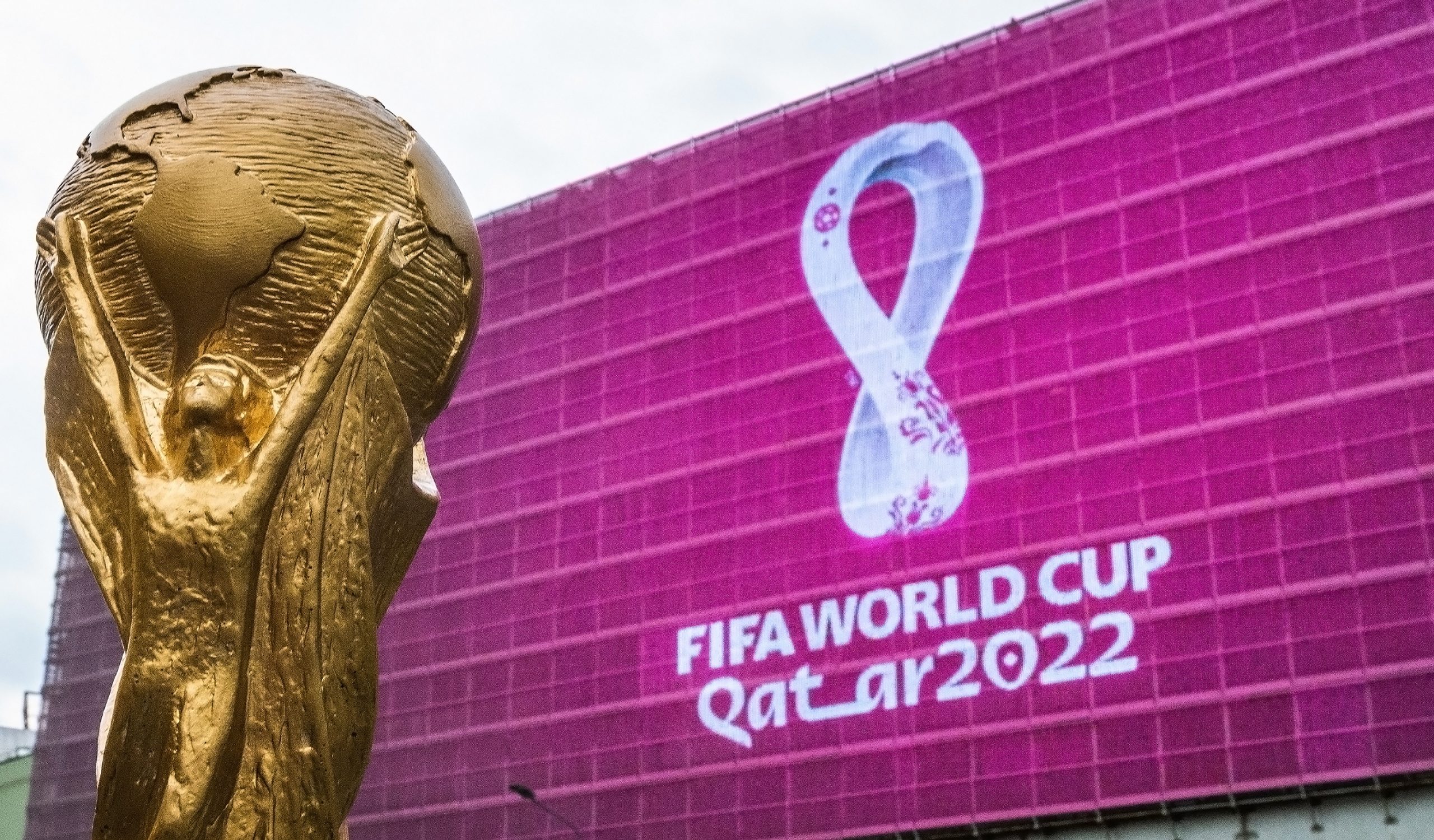
Warm hospitality is one thing, flopping on the big stage is another
Hosting a World Cup is an exciting time for any nation. Locals get to see the world’s biggest stars up close, football fans from around the globe create a colorful celebration in the streets and parks, and the hosting national team has the advantage of home support.
Qatar, the host of the 2022 World Cup, is a tricky case to predict. On the one hand, they are not a leading football nation by any standards. On the other hand, money is not a problem in the Gulf state, and huge sums have been poured into growing local talent, hiring esteemed coaches and directors, and have been preparing for over a decade – meaning expectations are high. As this list proves, it’s not always fun and games for the home team at a World Cup.
5. Italy 1990
At this early point, it is essential to note that success and failure are relative. Italy finished third in the 1990 World Cup without conceding in their first five matches; by all means, not a bad performance. But for a country with some of the best players and maybe the best league in the world at the time, on home soil, the Azurri fans hoped to make it at least to the final. The fact that they lost in the semis to Argentina following comments by Diego Maradona that south-Italians should support him due to the joy he brings to his club side at the time, Napoli, might’ve made things even more bitter.
4. Japan 2002
With a population of over 100 million people, excellent infrastructure, and a huge love for football, Japan was always expected to make some progress on the biggest stage of them all. Given the hosting rights to the 2002 World Cup, securing their second-ever appearance, these expectations were naturally higher than usual. A relatively easy group stage boosted confidence. The Japanese finished first, ahead of Belgium, Russia, and Tunisia, before the Round of 16 saw the end of their hopes with a 0-1 loss to Turkey. Seeing their co-hosts, South Korea, making history by reaching the semifinals (even if controversially), must have made things even more difficult for local fans.
3. South Africa 2010
This is the scenario that draws the most parallels to Qatar. South Africa is not even one of the leading football countries in Africa, let alone the world. That didn’t mean the locals came to the tournament without high hopes. To be fair, they were drawn into a very tough group, with Uruguay, Mexico, and France, and they were not pushovers, beating the Tricolor in the final match of the group stage. None of that changes the bottom line: they were the first and so far only host nation to fail to qualify from their group. Qatar, beware.
2. Brazil 1950
When it comes to football, Brazil is somewhat manic depressive. That’s the only way to explain the reaction to the outcomes of the fourth World Cup since its inauguration. Played in a group stage round-robin format, the Seleção reached the final game with a point clear of Uruguay, needing only to avoid defeat to keep the trophy at home. The atmosphere leading up to the match was that which didn’t really question who will be the winner, but only on what terms will Brazil lift the trophy. This was backed by the comparison of form between the two sides in the first two matches of the tournament, and Brazil’s 5-1 thrashing of Uruguay in the previous year’s Copa America. On top of that, 200,000-strong supporters filled the iconic Maracana, preparing to celebrate. The positive build-up was maintained up until the 47th minute of the match, when Brazil took the lead. Following a long dispute with the referee, the game restarted causing a loss of momentum which might have led to Uruguay equalizing and overturning the result in the span of 13 minutes. The stands fell silent, two people were reported to have committed suicide inside the stadium, while legends say that hundreds of thousands took their own lives across the country. The game was named “Maracanazo”, Portuguese for “the blow of the Maracana”.
1. Brazil 2014
Given that Brazil won the most World Cups in history but clinched the top two spot of this list might convince the local authorities that hosting a tournament might not be such a good idea in the future. Like Italy in 1990, Brazil also reached the semifinals. As a bottom line, this could count as acceptable. But the details tell a different story. The Seleção’s performances were far from memorable; with all due respect to a 22-year-old Neymar, fielding players such as Fred and Hulk in attack didn’t match the country’s tradition of Jugo Bonito. However, the real blowout came in the semis. Almost 60,000 fans filled the stadium in Belo Horizonte, only for their hopes to be shattered ruthlessly by Germany, who led 5-0 after only 29 minutes. Die Mannschaft probably could’ve kept scoring with regularity and ended up in double digits, but instead, the game ended “only” 1-7, with tears pouring in the stands. The match was marked down as one of if not the biggest humiliations in World Cup history. A 0-3 loss to the Netherlands in a 3rd place match no one cared about provided an appropriate finale. Based on the name given to the 1950 blow, this game went down in history as the “Mineirazo”.



